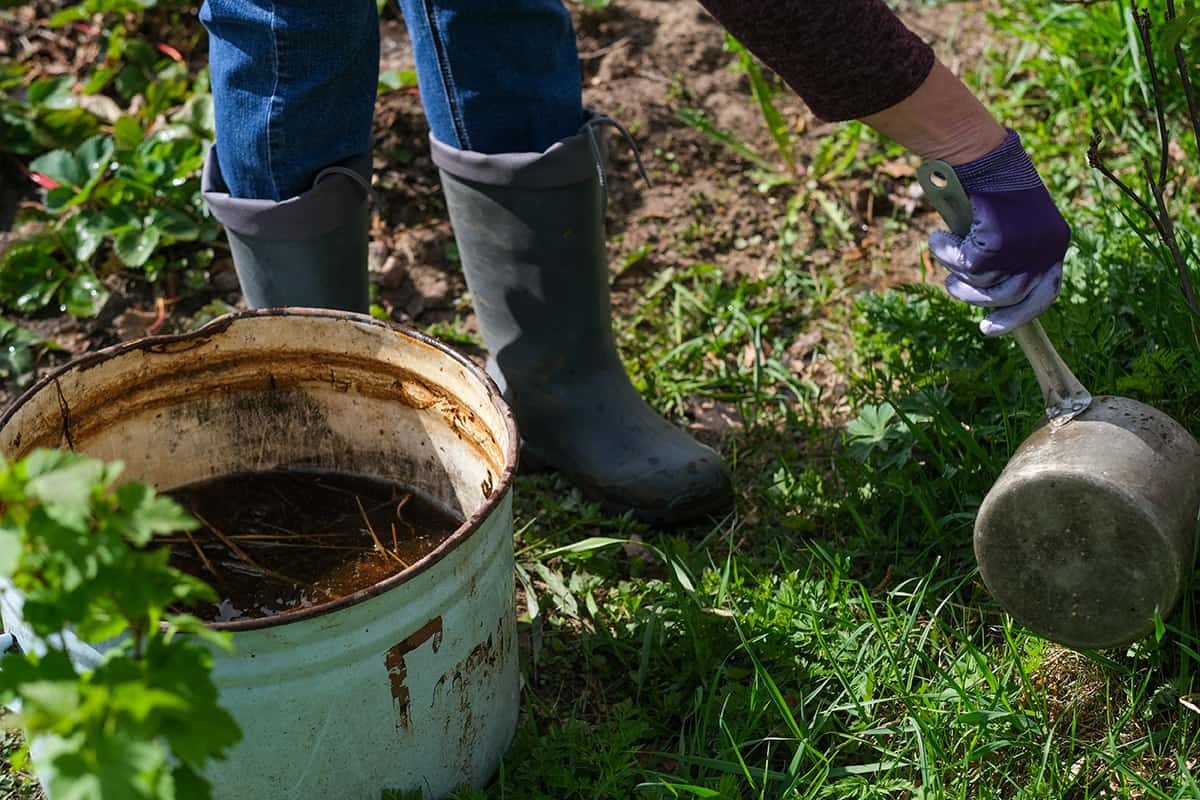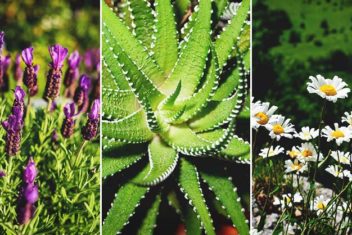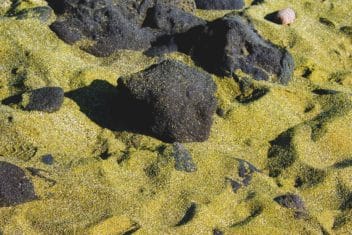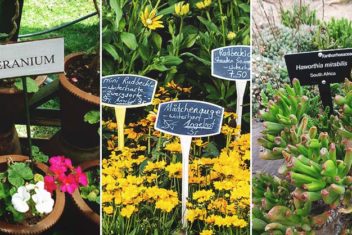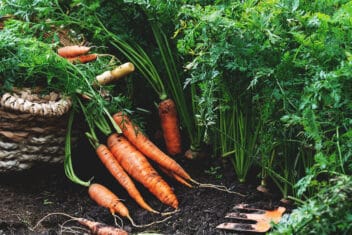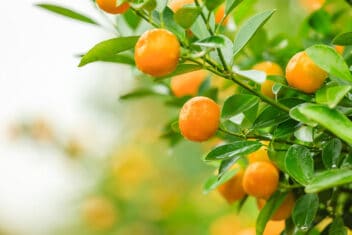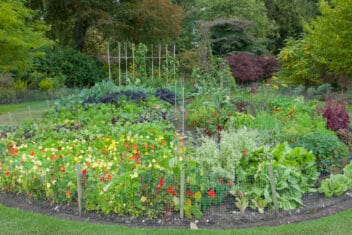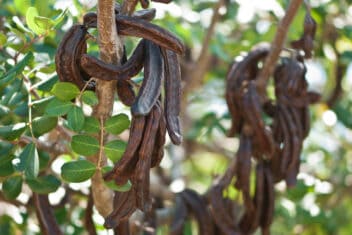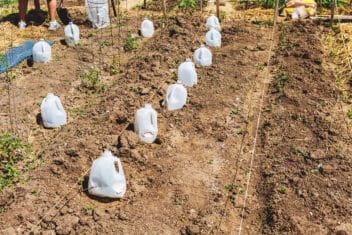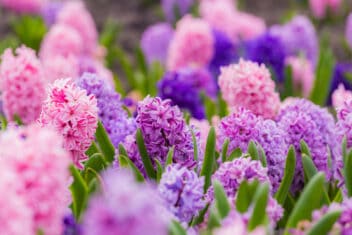If you’re sick of paying for fertilizers and plant food, then comfrey tea is for you. It’s easy to make and, if you’re already growing some comfrey in your garden, it’s practically free.
Comfrey tea is incredibly sustainable. You can make it using repurposed containers and you can use it to feed all your plants.
It’s extremely nutritious and helps control that familiar garden foe: powdery mildew. Ready to get started?
Why Comfrey Tea is Good For Your Garden
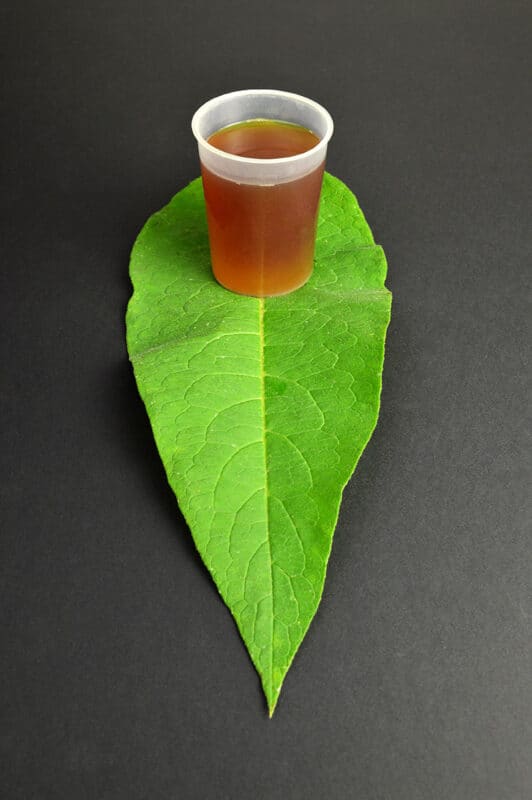
If you’re an organic gardener, you probably pay more for your garden products. You’re also buying things in plastic containers that have been shipped long distances. Not very green.
On the other hand, comfrey tea is ultra-local and practically free. Plus, it’s nutritious without adding harmful elements to the environment as commercial fertilizer can.
Plants need specific nutrients to flourish. The big three include nitrogen, phosphorus, and potassium. When you purchase fertilizer from the store, it has an NPK rating, which tells you how much it contains of each of these nutrients.
Nitrogen encourages healthy foliage, while phosphorus helps with general growth and disease resistance. Potassium creates robust fruits and flowers.
Comfrey has these in abundance because it draws macronutrients from the soil and stores them in the leaves. In fact, comfrey has higher potassium levels than compost.
It also has high levels of magnesium and calcium, two other important nutrients.
How to Make Comfrey Tea
If you aren’t growing comfrey yet, check out our growing guide and get started! Then, go out and harvest your grown comfrey leaves.
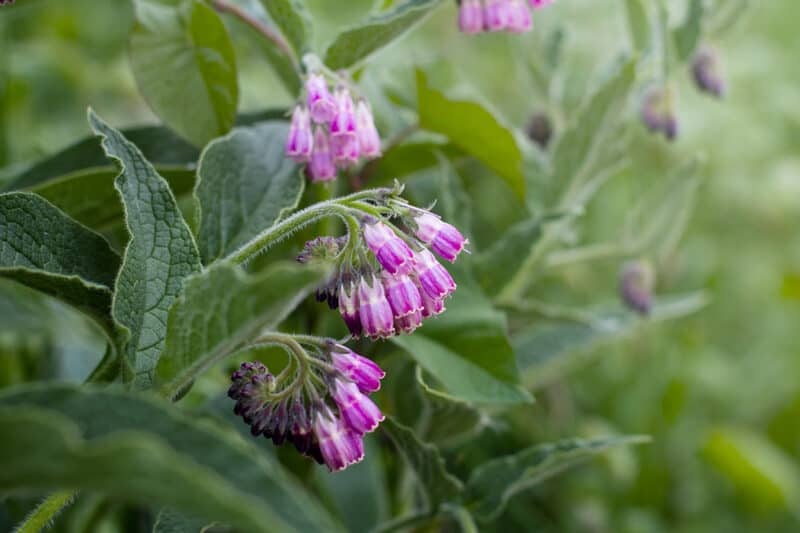
Make the Mixture
Fill a large bucket (or any big container) with freshly picked leaves. The leaves should be about a foot tall. Cut them down to where the stem is about two inches from the ground and use the outer leaves first.
You can cut them up or shred them to get a quicker result.
The bigger the leaf area, the longer the process will take, so I cut them into small pieces. If you don’t mind waiting and don’t want to do the extra work, just throw the leaves in whole.
Use gloves because comfrey leaves are quite hairy and some people find them irritating to their skin. The rotting process will be smelly, so don’t keep the container near the house.
Some people snip the stems off and only use the leaves. I don’t bother because I’d rather have all the greenery that I can.
You need to weigh the leaves down so they don’t float on the surface of the water. You can do this by using a couple of bricks, rocks, or old chicken wire scrunched up.
Pour in water so that it just covers the leaves and allow the mixture to steep.
Make sure to cover the container with a board or something similar so the smell doesn’t escape. You also want to prevent rain from getting in and diluting the mixture.
Let the Mixture Mature
Leave the mixture for between 4-6 weeks. The longer, the better because you want to extract all of the nutrients from the leaves.
Every once in a while, get in there and stir things up.
When the foliage has turned to a slurry, the tea is ready to be used.
You should have a brown and green liquid with what looks like slime, and the smell will be potent.
Quick Comfrey Tea
If you want to take advantage of comfrey tea, but don’t want to wait for a month or so, there is a way to make comfrey tea in 24 hours.
Simply pour boiling water over the tea and leave for 16 to 24 hours.
Use a big bucket and lots of boiling water. You want to cover the leaves by a few inches.
To use this method, you need to dilute this comfrey tea by 50:50 because it’s not as strong traditional homemade tea.
How to Have a Continuous Supply
I’m sure you’ll find comfrey tea a wonderful addition to your garden’s health and production. But if you don’t want to keep having to make new batches constantly, you can set up a system to have a continuous supply.
Drill a bunch of holes in a bucket and place it inside another bucket. Ensure you have a few inches of space between the two containers.
Fill the first bucket with a good amount of comfrey leaves. Weigh them down and add water. Watch as the leaves rot over the next few weeks. The liquid will get stronger in the outer holding bucket.
Take out part of the leaves occasionally and replace with fresh leaves and water. As you need it, ladel out the tea liquid.
Dilute this to at least 15:1 as this is a strong brew.
The other method is to use a container with a tap attached. Scrunch chicken wire up and place it in the container. This is to stop the slurry and rotting leaves from entering the tap.
Put as much comfrey in the container as you can. Fill with water and allow it to sit for a few weeks. Each time you use it, add a little more water and comfrey leaves to keep the nutrient levels high.
How to Use Comfrey Tea
While the goal is to make that lovely, fertile liquid, you don’t need to waste the solids.
Remove the slimy remnants of the leaves and put these in your compost. They’re beneficial to the garden. You can do this by scooping the solids out, or using a garden sieve.
If you don’t want to put the slurry into your compost heap, put it around the base of tomatoes or potatoes and let it sink into the soil over time.
Regardless of how long you’ve left your tea to steep, you have to dilute it before using it in the garden. The longer you left it, the more dilution you need.
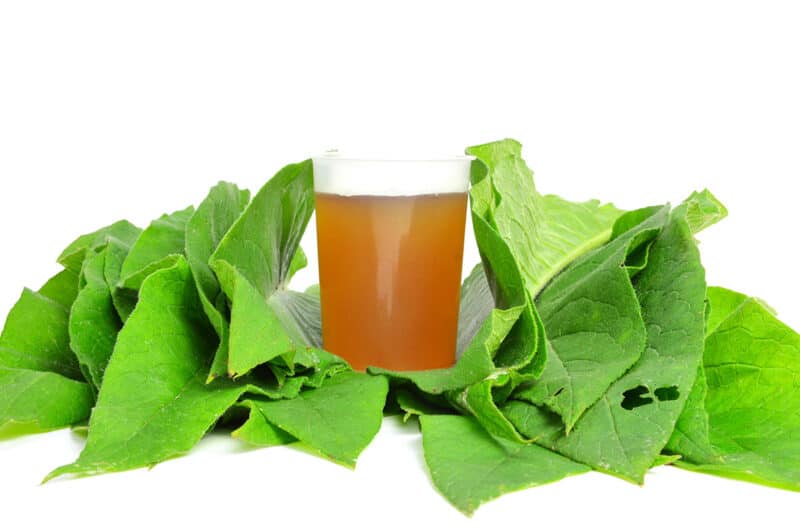
To be on the safe side, go for a higher dilution of 1 part tea to 15 parts water.
Feed the Plants
You can water the plants with a watering can as per normal. Make sure you water the base of the plant when using this method.
I prefer to use a sprayer and spray the soil around the plants and all of the leaves. I find using comfrey tea as a foliar spray gives me the best results and I use far less than if I water the plants with a watering can.
When to Use Comfrey Tea
I find the best time to use the tea mixture is:
- Just before the plants begin to fruit or flower.
- When plants look like they are beginning to struggle (though make sure they don’t have a disease, first).
- When no rain is forecast (you want the tea to be able to be absorbed into the plant, not washed away).
- When insects are being attracted to the plant.
Don’t use comfrey tea on young seedlings as they may find the mixture too strong.
Basically, the younger the plant, the weaker your mixture should be. That’s why I generally wait for the plant to be about ready to fruit or flower.
Other Uses For Comfrey Leaf
There’s more to comfrey than just a fertilizer.
Mulch
The great thing about comfrey is it grows so prolifically, you can pick the leaves multiple times in the season and it will keep going. To mulch, simply cut off a decent amount of leaf material and break it up.
Place it around the plants you want to mulch and water well. Let it rot down and feed the plants. You shouldn’t get the smell as you do with tea.
Compost Starter
Comfrey leaves are a good alternative to animal manure as a starter for a compost heap. Add layers of comfrey leaves to act as a biological activator. It will help to get the compost going due to the high levels of nitrogen.
